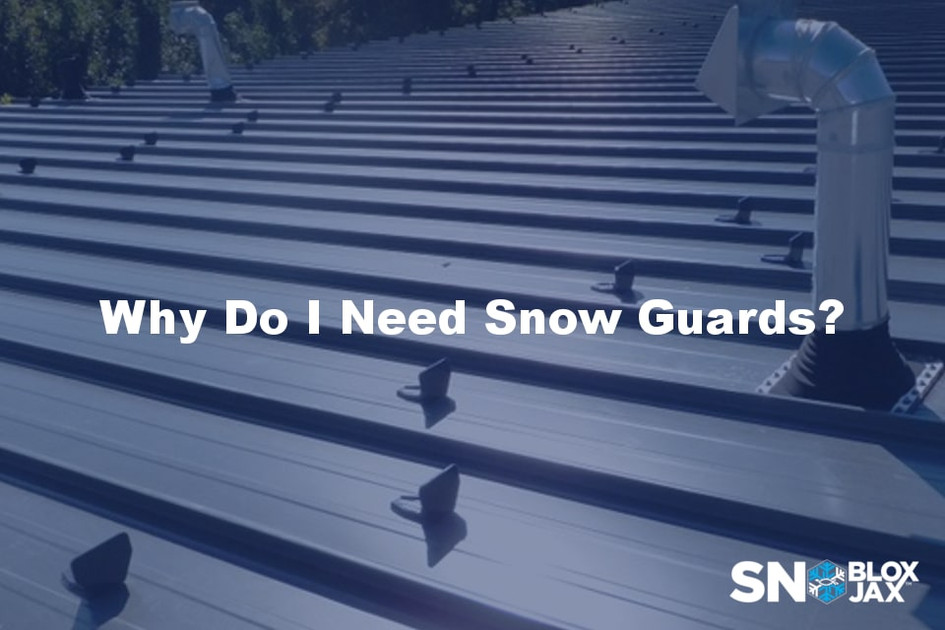Why Do I Need Snow Guards?
Posted by SnoBlox-Snojax on Apr 22nd 2021
Winter means snow for most people. Many people love snow, while others hate it. No matter the feeling you have about snow, it can’t be avoided in the winter. To protect your home, if you have a metal roof, or live in areas that get a lot of snow, you may want to consider having snow guards installed on your roof.
What exactly are snow guards?
Snow guards are devices that are installed on rooftops to assist in holding the snow and ice until it can safely melt. If you do not have snow guards on your metal roof, unexpected roof avalanches of snow and ice are possible. This can result in damage to skylights, gutters, vent pipes, chimney stacks, and even people underneath your roof.
Is it really necessary to have snow guards?
It is highly recommended having snow guards installed on your roof if you live in an area that is prone to a lot of snowfall. Snow Guards can also help prevent ice dams by holding the snow and ice further up the slope. However, metal roofs are not the only type of roofs that snow guards are installed on. Slate and tile roofs can also benefit from snow guards as well as asphalt shingle roofs. They are also great for homes that are poorly insulated.
Snow guards are great to have because they will secure your roof and any objects below it. Most people know just the damage that can be done from snow and ice falling off of the roof.
Installation Process
There are a few different ways in which snow guards can be installed on a metal roof. However, you should make sure to use the instruction manual as a guide to help you with installation and always get a layout from the manufacturer. They can be installed using adhesives, screws, or clamps.
Clamp mounted snow guards are designed for standing seam roof systems. They attach with non-penetrating clamps with blunt tip set screws.
Adhesive mounted snow guards consist of pad style polycarbonate guards that can safely attach without any roof penetrations. Bar systems and pad style guards attached using glue, screws, or clamps. There are many different options available, it is important that you choose the one that is best for your project.
Pros and Cons
Screw Down Attachment
Pros:
- Attachment is reliable and long-lasting
- If installed and engineered properly, it is secure and strong
- Mostly compatible with roofs that are attached using screws that pierce the surface of the roof
- Can be installed on new or existing roofs.
Cons:
- Require holes that must be drilled into the roof
- Silicone sealant must be used that extend to the life of the roof
Clamps
Pros:
- Waterproofing is not required and no holes need to be drilled in the roof
- Will not wear out from thermal cooling or heating of the roof
- Can be set up after installation of the roof
- Uses setscrews that will not cause damage to the metal
- Clamps are not penetrative
Cons:
- Must have knowledge of the holding capacity of the system since the sliding force of snow moves from the clamp to the roof panels
- Without proper testing, damage is possible
- Can only be used on roof profiles that have standing seam
Adhesive
Pros:
- May be lower in cost
- Plastic may appear invisible
- Snow guards directly attach to the surface of roofs with metal profiles without the use of penetration
Cons:
- Preparation is required
If you have an ongoing problem with snow avalanches or cascading on your roof, consider having snow guards installed. They can be incorporated onto new roofs or added to existing ones.

